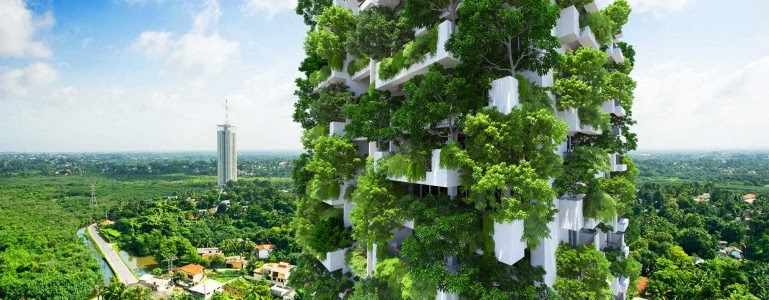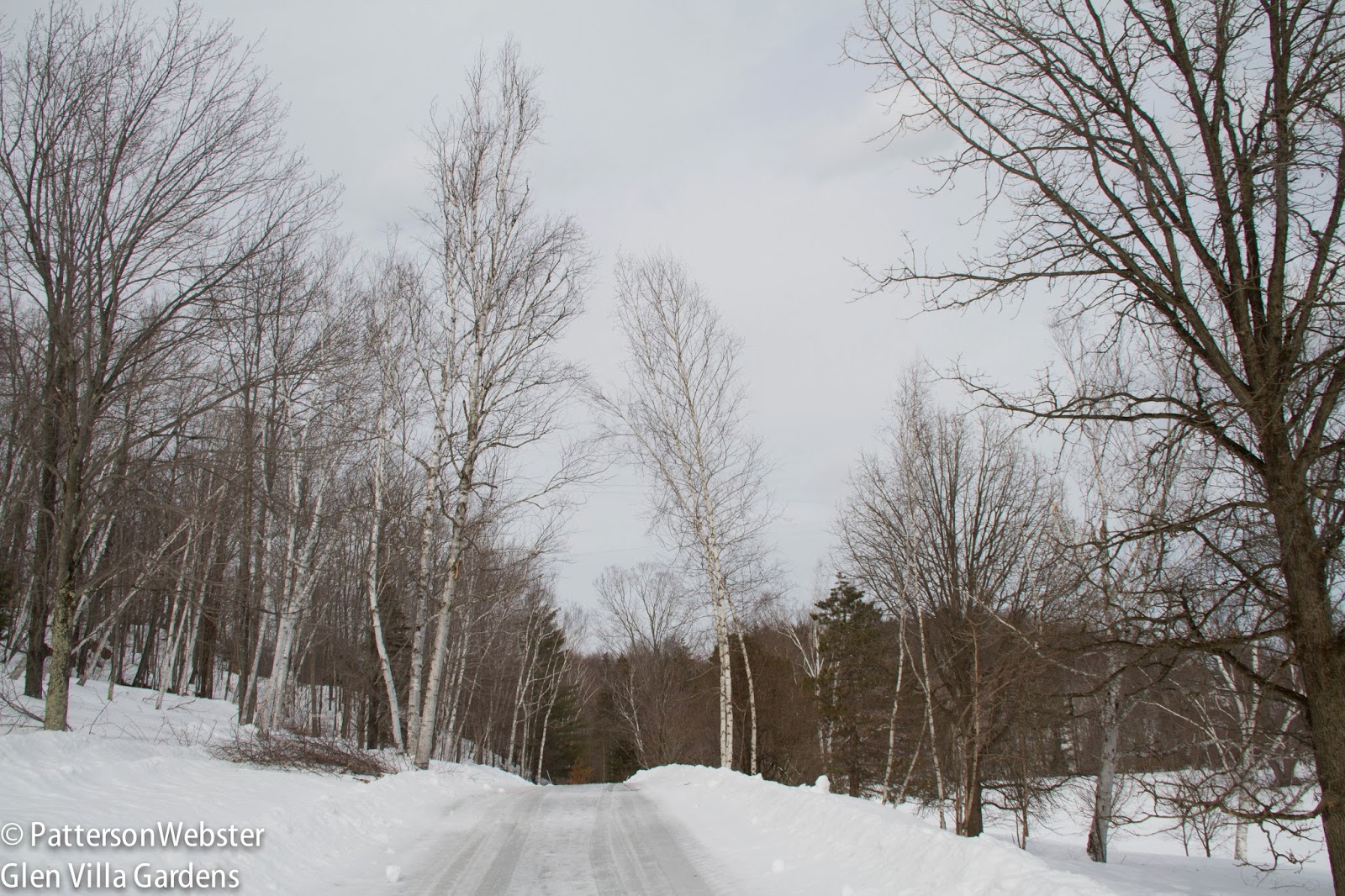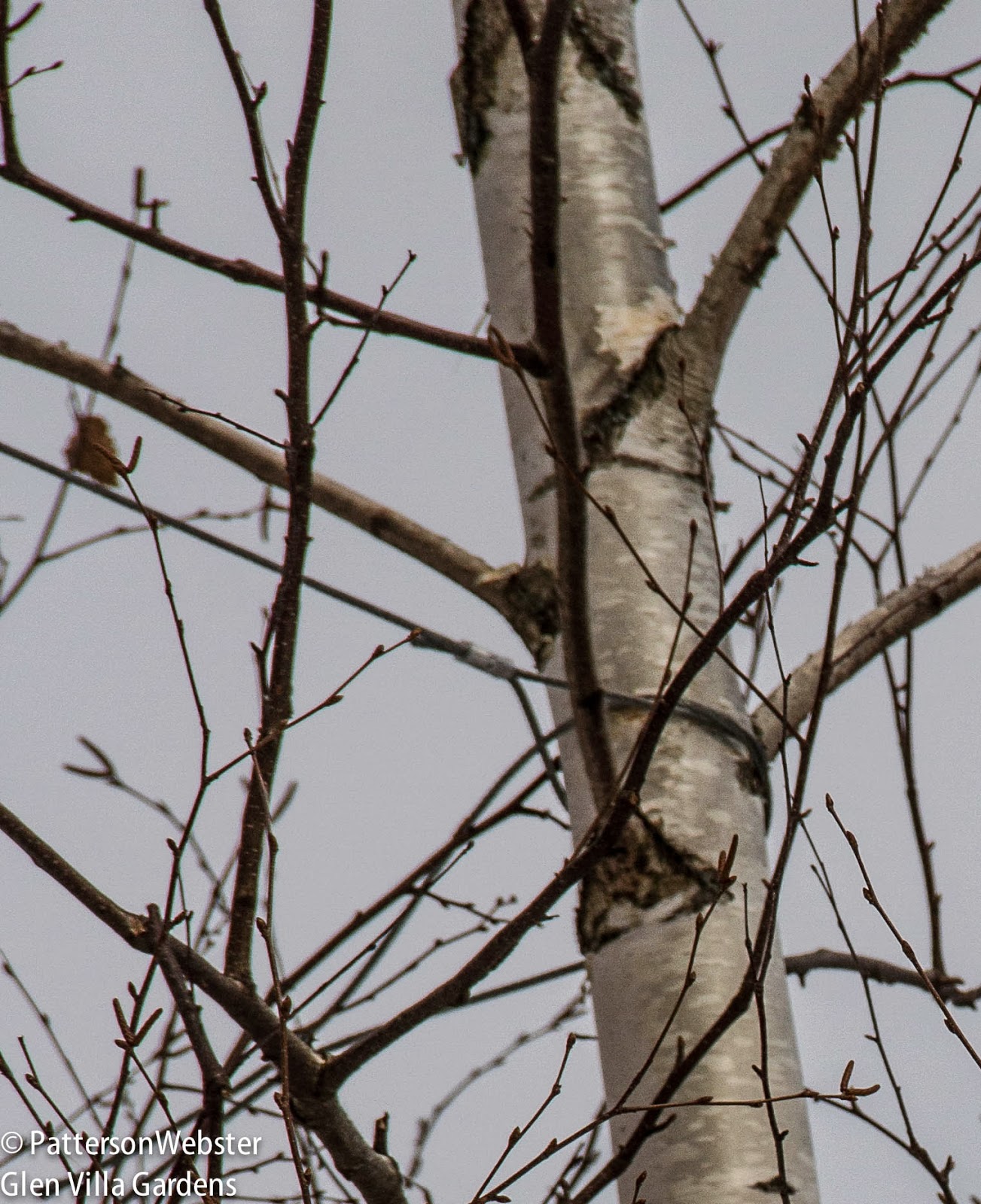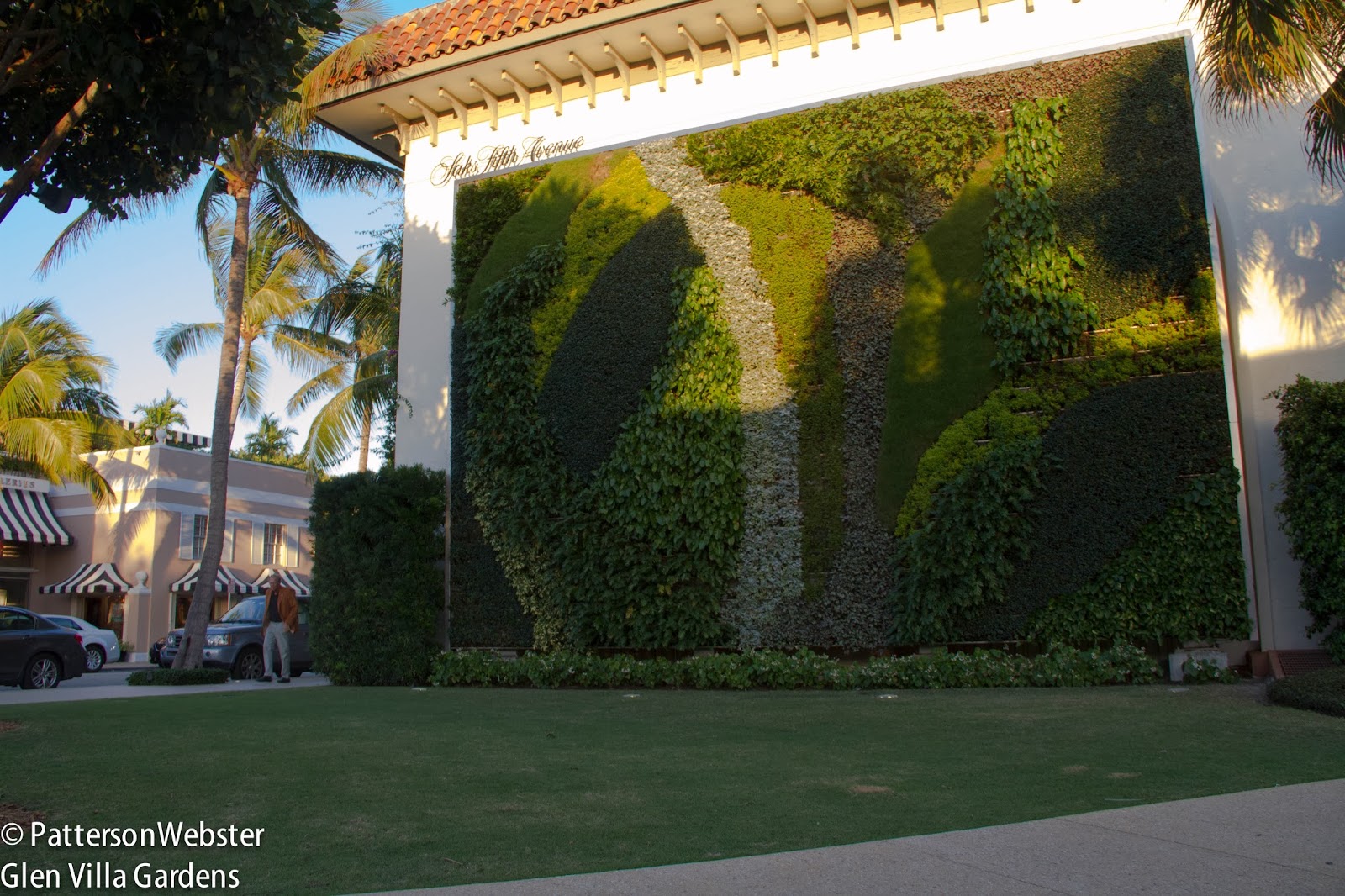Worth Avenue defines high end shopping in Palm Beach, Florida. High end appears in a different guise at a junction beside the avenue, where a vertical garden clothes a bare wall.
 |
| Eleven different types of plants make up this wall. |
Late day shadows make the wall look less interesting than it is, but a close-up shows some of the variety of textures and shades of green that create the 840 square foot wall. In total, almost 11,000 plants create a stunning curvilinear design.
 |
| Four textures and four shades of green. |
Doing some research about this vertical garden, I was surprised (and pleased) to learn that it was done by GSky, a Canadian firm based in Vancouver. The wall was designed by Deborah Kotalic of GSky in collaboration with the Garden Club of Palm Beach. It was installed over four days in 2010. Plants used are Mondo Grass, Xanadu Philodendron, Asiatic Jasmine, Silver Sawtooth Palmetto, Alternanthera ‘Yellow,’ Muehlenbeckia Axillaris, Philodendron ‘Burle Marx,’ Zebrina pendula, Coonie and Zoysia grass. (Names were listed on the GSky website.) GSky’s sophisticated computer systems monitor the installation daily to ensure that all remains in good working condition.
Robert Richardson, a regular blog reader and commenter based in British Columbia, recently passed on a link to a higher — and different kind of — vertical garden. Clearpoint Residencies in Sri Lanka is now under construction. When finished in 2016, it will have 46 stories and stand 186 metres, or 610 feet, tall. All terraces will be densely planted to create a green façade.
 |
| Clearpoint Residences: a vertical garden of a different sort |
Densely planted high-rises seem to be a trend around the world. But in the small village of North Hatley, Quebec, we do high rise gardening of a different sort — and on a much smaller scale.
This view of our driveway shows a group of birch trees that were badly damaged in January’s ice storm. You may notice that the top of one of them, on the right side of the drive, is bending rather awkwardly to the left.
 |
| On a very grey day at Glen Villa the branches of the birch trees almost blend into the sky. Can you spot anything else? |
A week ago the branches were leaning to the right in an arc that reached almost to the ground, a typical formation for birch trees that suffer damage from snow and ice. According to observation, birches don’t recover from this kind of damage — I’ve encountered many examples during the walks in the woods, all bent in the same distinctive arc.
In the woods, these arcs aren’t a problem. But along a nice straight driveway, a u-shaped tree is not a plus. Tall, straight trees are what is called for.
Since I knew they wouldn’t recover on their own, removing the birches seemed the only choice. But the trees have been there for the last dozen years or so, and I hated to cut them down. So we are trying something different — aerial gardening with cables.
Can you spot the cables in the photograph above? I can’t, even knowing where they are. Driving underneath, the wires become visible. But only barely.
 |
| Thin cables are holding the tops of the birches up straight. Will they stay that way when the cables are removed? |
The cables are tied mid-way up the arc, and are attached to the trunk of undamaged trees on the up-hill side of the driveway. Will this work? I have no idea but it seems worth trying.
 |
| Although not visible in this close-up, the cable is padded where it touches the trunk. |
I don’t know how long we will keep the cables in place, or if the trees will bend again when the cables are removed. It’s an experiment. I feel I owe it to the trees: they’ve grown well for us, so I’m returning the favour.






Birches – a poem by Robert Frost
When I see birches bend to left and right
Across the lines of straighter darker trees,
I like to think some boy’s been swinging them.
But swinging doesn’t bend them down to stay.
Ice-storms do that. Often you must have seen them
Loaded with ice a sunny winter morning
After a rain. They click upon themselves
As the breeze rises, and turn many-coloured
As the stir cracks and crazes their enamel.
Soon the sun’s warmth makes them shed crystal shells
Shattering and avalanching on the snow-crust
Such heaps of broken glass to sweep away
You’d think the inner dome of heaven had fallen.
They are dragged to the withered bracken by the load,
And they seem not to break; though once they are bowed
So low for long, they never right themselves:
You may see their trunks arching in the woods
Years afterwards, trailing their leaves on the ground,
Like girls on hands and knees that throw their hair
Before them over their heads to dry in the sun.
But I was going to say when Truth broke in
With all her matter-of-fact about the ice-storm,
I should prefer to have some boy bend them
As he went out and in to fetch the cows–
Some boy too far from town to learn baseball,
Whose only play was what he found himself,
Summer or winter, and could play alone.
One by one he subdued his father’s trees
By riding them down over and over again
Until he took the stiffness out of them,
And not one but hung limp, not one was left
For him to conquer. He learned all there was
To learn about not launching out too soon
And so not carrying the tree away
Clear to the ground. He always kept his poise
To the top branches, climbing carefully
With the same pains you use to fill a cup
Up to the brim, and even above the brim.
Then he flung outward, feet first, with a swish,
Kicking his way down through the air to the ground.
So was I once myself a swinger of birches.
And so I dream of going back to be.
It’s when I’m weary of considerations,
And life is too much like a pathless wood
Where your face burns and tickles with the cobwebs
Broken across it, and one eye is weeping
>From a twig’s having lashed across it open.
I’d like to get away from earth awhile
And then come back to it and begin over.
May no fate willfully misunderstand me
And half grant what I wish and snatch me away
Not to return. Earth’s the right place for love:
I don’t know where it’s likely to go better.
I’d like to go by climbing a birch tree
And climb black branches up a snow-white trunk
Toward heaven, till the tree could bear no more,
But dipped its top and set me down again.
That would be good both going and coming back.
One could do worse than be a swinger of birches.
I thought I knew most, if not all, of Frost’s poems. This one is new to me. Thank you for putting us in touch… One could, indeed, do worse than be a swinger of birches.
Ha, I spent some minutes scrutinizing your photo to see “something else”….cables are not what I was looking for. The birches look lovely.
As far as vertical gardens: I have never seen one I have liked, but neither have I ever seen one I have disliked. I am just glad I am able to have a horizontal garden, not a vertical one.